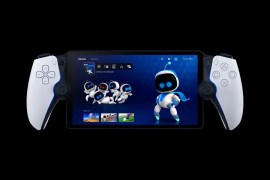Nintendo Switch models compared: Switch vs Lite vs OLED
All of the key Nintendo consoles, compared - which is the best option for you? OLED? Lite? Standard?
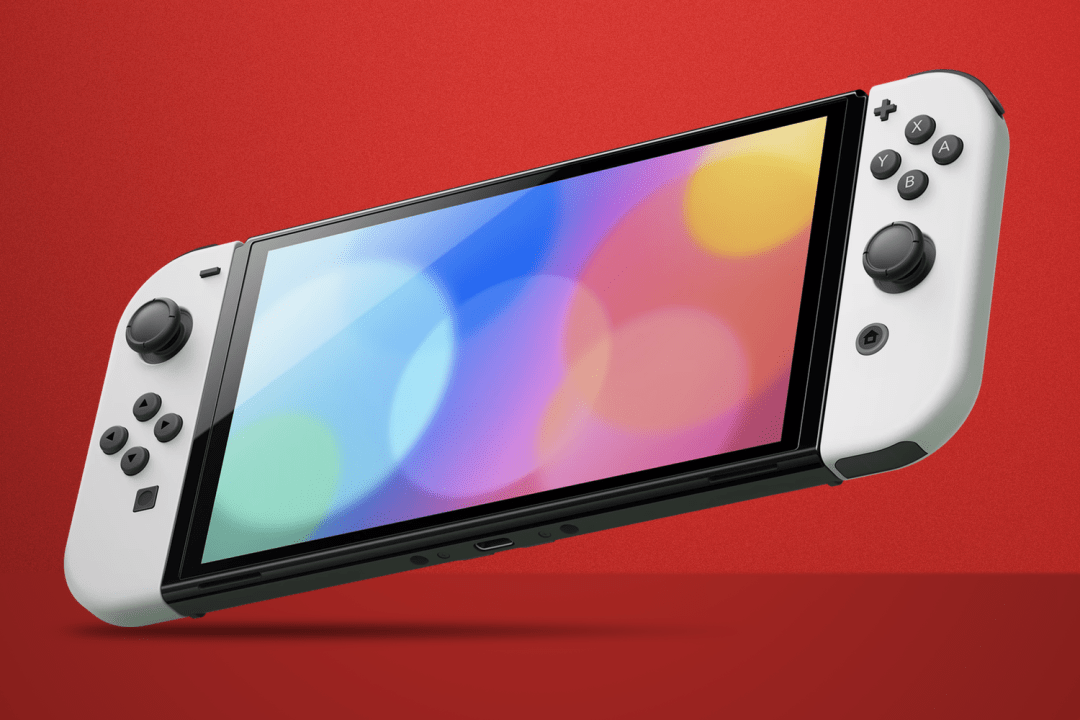
If the rumour mill is to be believed, Nintendo could release the long-awaited successor to the Nintendo Switch handheld console later this year,
But we still know very little about it. And if you want to jump in to what is arguably one of the all-time best game libraries right now, then we’re here to help. We’ll explain the key differences between all three existing Switch models: the Switch, the Switch Lite and the Switch OLED.
Broadly you’re going to get the same under-the-hood specs regardless of which model you choose. But when it comes to design, display and functionality, not all Nintendo Switches are built the same.
If you want the ultimate Nintendo Switch experience then you’ll want the OLED model. Those on a budget who prefer to play handheld are the obvious candidates for the Switch Lite. Only interested in gaming on the big TV in your living room? The standard Switch probably makes the most sense.
What are the Nintendo Switch models?
Nintendo released the first-gen Nintendo Switch (later revised for slightly better battery life) back in 2017. That was followed by the Switch Lite in 2019 and the OLED model in 2021. The lineup has remained unchanged since then, save for the occasional special edition model or new colourway.
The Switch Lite is the smallest of the trio. The Switch OLED has the largest and best display, which unsurprisingly makes it the most expensive model.
We’ll get on to the differences shortly, but let’s start with what’s the same. All three Switch models allow you to play games on a handheld device with a 720p resolution. They boast a custom Nvidia Tegra processor under the hood, so performance is the same across the board. Every Switch has a cartridge slot for physical games. Plus there’s a microSD card slot and a USB-C port for charging. And they all run on the same fairly barebones OS.
If you see a Switch game advertised on TV, it’s very likely that you’ll be able to play it on any version of the console. There are a few notable exceptions. But there are a number of factors to consider before making a purchase.
Design: Nintendo Switch Lite vs Switch vs Switch OLED
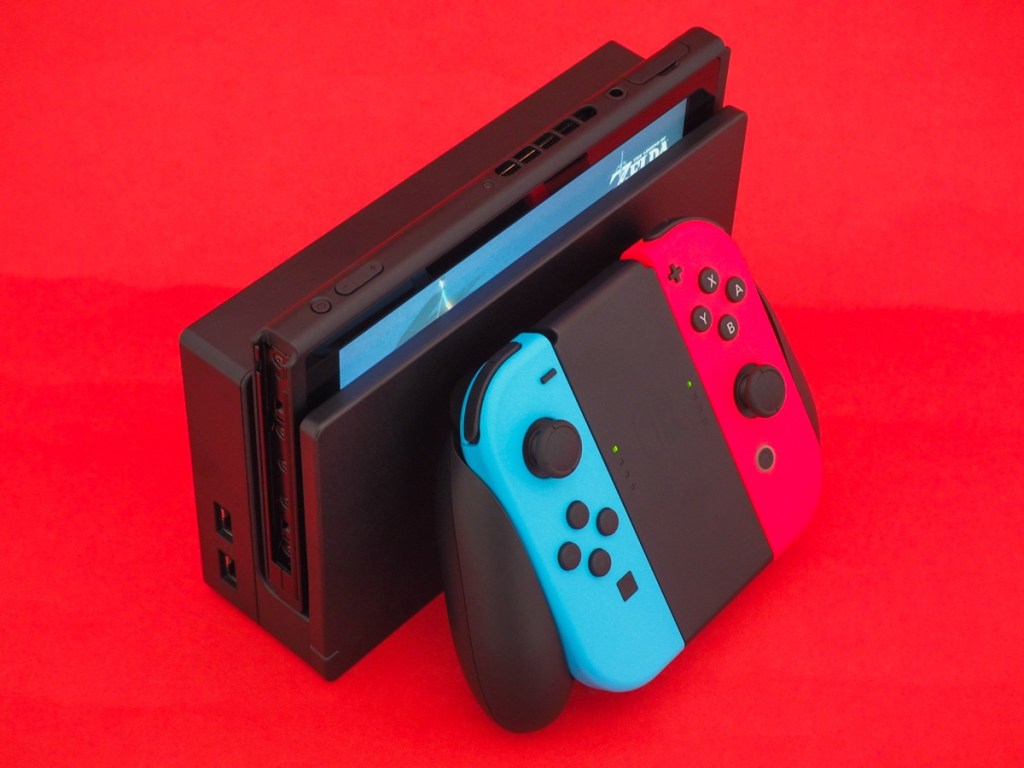
In terms of functionality, the original Switch and the most recently released Switch OLED are very similar. They are both touchscreen tablets of sorts with detachable controllers. They both can be docked to your TV via HDMI. So you can seamlessly switch (get it?) between portable and big-screen play. Both models also have a kickstand that enables what Nintendo calls “Tabletop mode”. However, where the first-gen Switch’s kickstand was flimsy and inspired little confidence, the OLED’s is much improved. It actually feels sturdy enough to use on a train or plane table.
While the dimensions of both the Switch and the Switch OLED are nearly identical, Nintendo shaved down the bezels on the OLED. This allowed it to increase the display size to 7in, up from 6.2in from the first-gen Switch.
The Switch OLED weighs in at 320g, or 420g with both Joy-Cons attached. This makes it slightly heavier than the original Switch. That’s something to consider if you think you’re going to be playing handheld a lot. The other differences are mostly cosmetic. There are slightly different-shaped buttons, a glossy bezel on the OLED and a redesigned white dock for the more premium Switch.
The Lite is very different
The Switch Lite is a very different beast – and a decidedly less imposing beast. Weighing in at just 275g and considerably smaller in size, the Switch Lite feels like a big Game Boy Advance in all the best ways. In terms of ergonomics, this is probably the most comfortable device Nintendo has ever given us to hold. And as it’s the only Switch with a proper D-pad, it’s arguably the best one for retro gaming to boot.
But there are a number of pretty major trade-offs, the biggest being the complete lack of switchability, so to speak. As a solid unit without detachable Joy-Cons or video output, you can’t dock the Switch Lite to your TV. So it’s a strictly handheld console. Not only does this mean you lose a lot of the versatility that has made the Switch so successful, but there are even some games that require you to use separate Joy-Cons. Nintendo Switch Sports and WarioWare: Move It! being two examples that are incompatible with the Lite.
The Switch Lite does retain the gyroscope and accelerometer from the larger models, but you lose the HD Rumble feature. This is rarely well implemented in games so isn’t a huge miss, it’s worth considering.
Display: Nintendo Switch Lite vs Switch vs Switch OLED
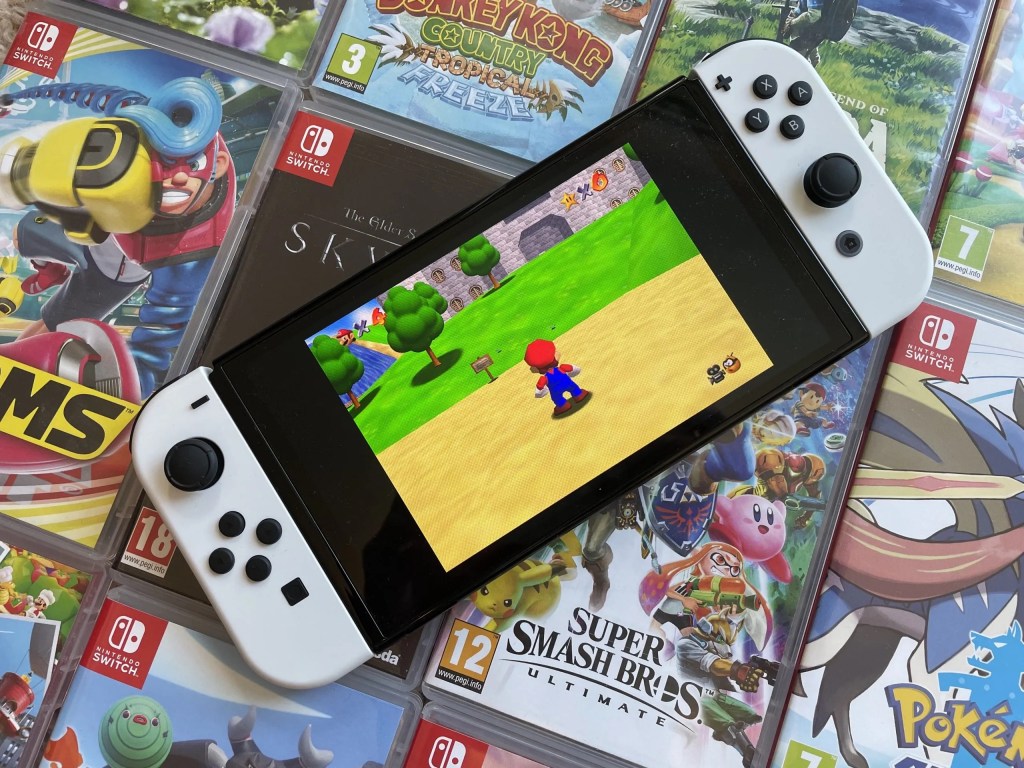
Each Switch model has a different display size. Given its focus on portability, the Switch Lite’s is naturally the smallest at 5.5in. The standard Switch has a 6.2in display and the Switch OLED’s is the biggest at 7in. All three models have a maximum handheld resolution of 720p, and the two dockable models can output at 1080p on the TV.
The major differences here concern display tech. The Switch Lite and Switch both have LCD displays, while the OLED, as you might expect, gets an OLED display. This means that the latter has by far the most attractive display of the three, with games really popping thanks to the superior contrast, vibrant colours and deep blacks afforded by the self-emissive nature of OLED technology. It’s simply a fantastic display.
That’s not to say that the LCD panels on the Switch Lite and the standard Switch are underwhelming. In the case of the former, the slightly superior pixel density over the “big” Switch means that games look super sharp. So while the OLED is clearly the winner for handheld play, the Lite is still worth considering if you aren’t interested in TV play.
In terms of audio, you’re going to get the best sound from the Switch OLED, whose speakers are noticeably louder and more detailed than what came before it. But it’s fair to say that no Nintendo Switch is a boombox, and you’re probably going to want headphones most of the time.
Performance: Nintendo Switch Lite vs Switch vs Switch OLED
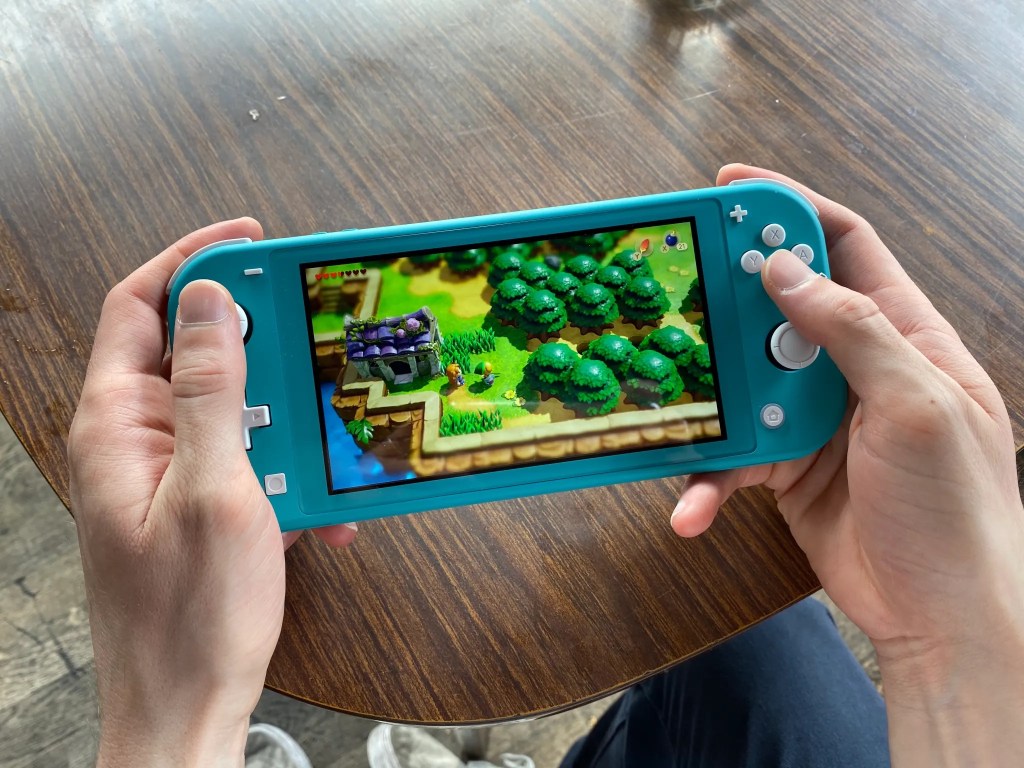
This section is going to be the shortest one, because simply put, you’re going to get the same level of performance from every Nintendo Switch model, as they all employ a version of Nvidia’s Tegra X1 chip, and all have the same amount of RAM (4GB). If a game runs well on the Switch OLED it’s going to run equally as well on the Switch Lite, and if it runs badly on the Switch Lite, it won’t fare any better on the OLED (although perhaps the nicer colours will make that easier to forgive).
As the Switch Lite is handheld-only, you could argue that it’s the weakest of the three devices, but it has the same maximum 720p resolution when playing portably as the two hybrid Switch models, both of which can get up to 1080p when docked.
It’s no secret that the Nintendo Switch – no matter which model you buy – is no powerhouse, but Nintendo’s development teams have mastered the hardware over the years and produced some truly stunning games, while impressive third-party ports of games such as The Witcher 3: Wild Hunt, The Elder Scrolls V: Skyrim and Alien Isolation have helped fulfill the system’s promise of letting you play true console games anywhere.
Storage and battery life: Nintendo Switch Lite vs Switch vs Switch OLED
Officially, the Switch Lite has a battery life of 3 to 7 hours, while the physically larger models unsurprisingly last for longer, between 4.5 and 9 hours depending on how processor-intensive the game you’re playing is, display brightness and various other factors. OLED displays are more efficient than LCD, so you might feel like you can squeeze a bit of extra juice out of the Switch OLED compared to the standard model, but broadly they’re the same.
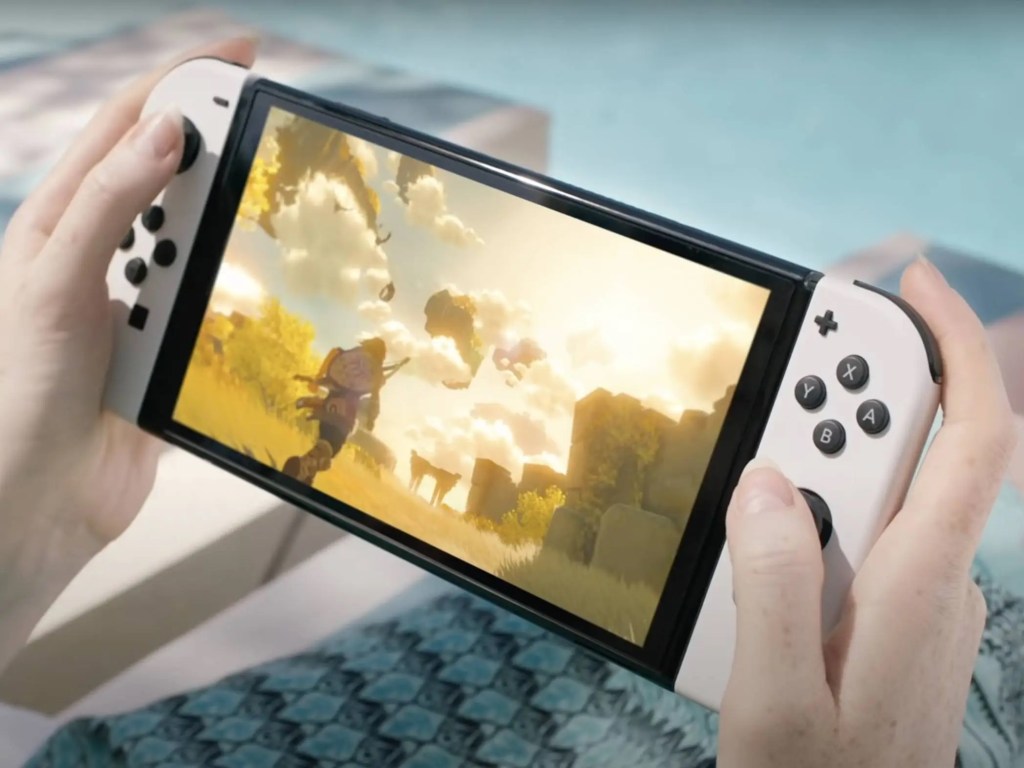
As for storage, both the Lite and standard model come with a fairly measly 32GB, which is doubled to 64GB on the Switch OLED. If you buy a lot of digital games you’ll fill even the latter very quickly, but all three support microSD cards of up to 2TB in size, so it’s very easy to give yourself some extra room for all that Nintendo goodness.
Which Nintendo Switch model should I buy in 2024?
The answer to this question isn’t simple. All things considered, the best Nintendo Switch is undoubtedly the Switch OLED. It can be used as a handheld machine, where its fantastic display really sings, or docked to the TV. It has the most storage, a far superior kickstand to the standard model and the best sound of any Switch. It’s the best of all worlds.
But that doesn’t necessarily mean it’s the Switch you should buy. If handheld play doesn’t interest you then you’re better off saving a bit of cash and going for the standard model, as the OLED display isn’t much use to you when it’s hidden in a dock, and your games will look exactly the same on the TV regardless.

On the other hand, if you’re only interested in handheld play, the Switch Lite shouldn’t be overlooked. The OLED model’s display makes it hard to go back to LCD, but the Switch Lite is lighter, a lot more comfortable to hold, and easier to slip in a backpack. If you want the biggest and best screen you’ll want the OLED model, but for portability the Lite can’t be beaten.
The last thing to think about is the currently unannounced successor to the Switch, which is reportedly likely to arrive later this year and will likely pack more power. We’re hopeful that any “Switch 2” will be backwards compatible with the current lineup’s library of games, and if that’s the case, and you’re happy to wait, then it might be worth holding off. But with nearly seven years’ worth of great games behind it, there’s never been a better time to buy a Nintendo Switch.


